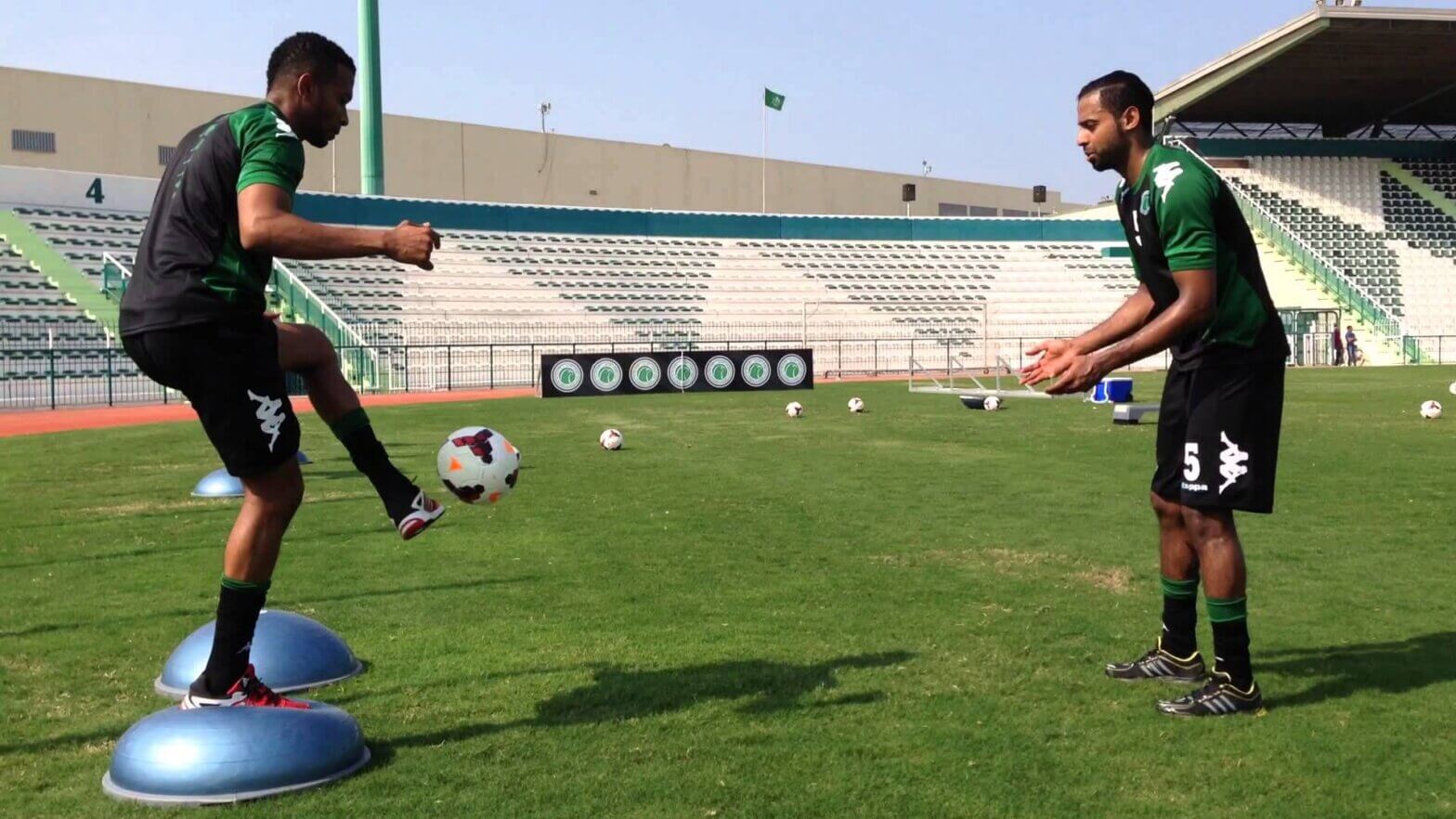As the warmer weather nears, people will undoubtedly spend more time outside and be more active in general. With periods of increased activity levels, it is common to experience unfamiliar aches and pains. One painful condition that often occurs with increased activity level is achilles tendonitis.
What is The Achilles Tendon?
The muscles of the calf – specifically the soleus and gastrocnemius that make up the bulk of the calf muscle mass – converge to form the achilles tendon that attaches at the heel of the foot. When these muscles contract, they pull on the achilles tendon which then pulls on the heel to position the foot in plantarflexion with the toes pointing downward. As you can imagine, this musculotendinous complex is repeatedly engaged when running and performing other ambulatory activities.
Achilles Tendon Pathology
With repeated use that engages the calf musculature beyond its physical capacity, tiny tears can develop along the musculotendinous structures. Limited flexibility of the calf and rapid increase in activity volume can contribute to the onset of injury. This can happen at the heel where the achilles tendon attaches to bone and this is called insertional achilles tendinitis. Alternatively, these tears can occur at the fibers in the middle of the tendon in a condition called non-insertional achilles tendinitis.
Symptoms
Those experiencing achilles tendinitis commonly report pain and stiffness in the achilles tendon or heel, both in the morning and with increased activity. Pain the day after exercise and pain when wearing shoes are also reported. Swelling can be observed around the heel and can fluctuate with activity level as well.
Treatment for Achilles Tendinitis
There are a number of non-surgical treatments for achilles tendinitis. Initially, rest and ice can help to alleviate acute pain and reduce any swelling that may occur. Over the counter non-steroidal anti-inflammatory drugs (NSAIDs) are often used to help reduce pain and swelling as well in the early stages of the injury. While these are good practices, they do not address the initial cause of the injury. Participating in routine physical therapy can address specific limitations and help to make significant functional improvements. A physical therapist can prescribe calf stretches, strengthening exercises, and activity-specific exercises to improve function of the muscle without further aggravation of the involved tissue.
If you have calf or heel pain when you are active, physical therapy can help you better understand your problem and provide you with a structured plan to reduce pain and promote return to activity. Call Respire Physical Therapy at 703-671-1871 or click here to schedule an evaluation with a Physical Therapist today!
Tags: fallschurchva, ptworks, physical therapist, pain free living, Achilles Tendonitis, calf pain, Foot Pain, achilles tendinitis pain, Heel Pain, regain your movement freedom, movement is medicine, choosept, arlingtonva, Physical Therapy, alexandriava, Respire Physical Therapy



